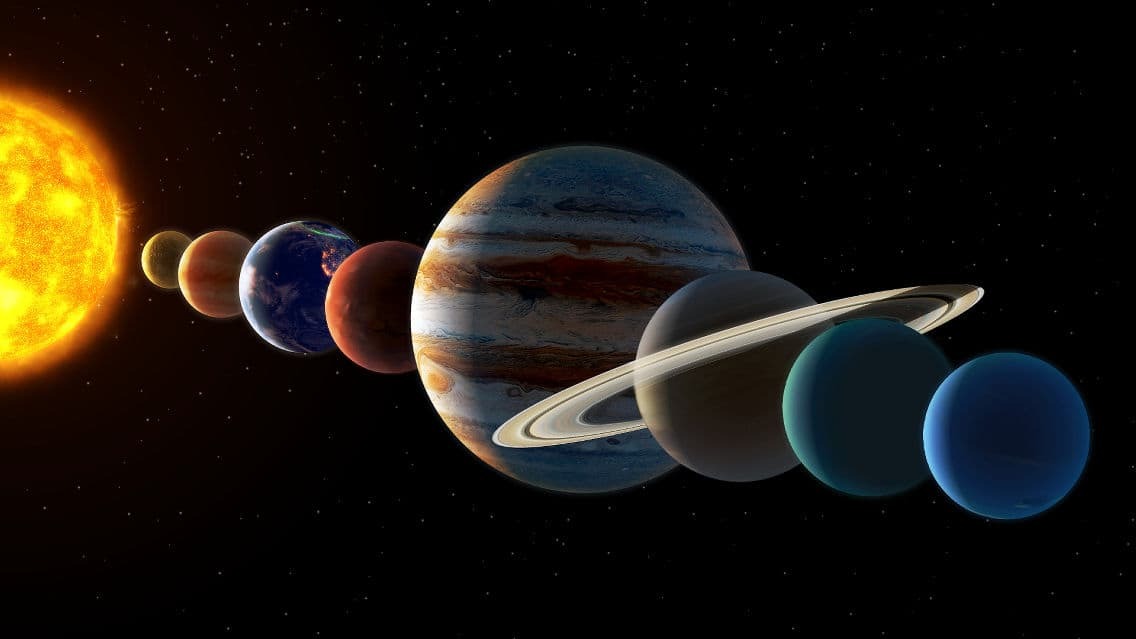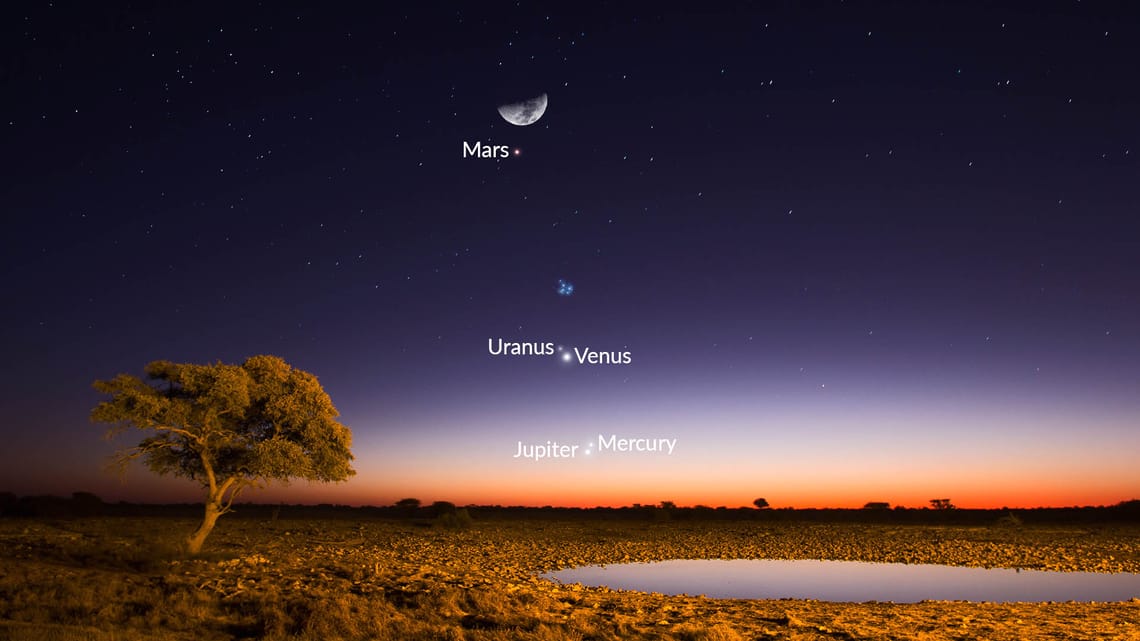Next week, observers will discover a rare celestial phenomenon – a parade of planets. Five planets will appear in the night sky at once: Jupiter, Mercury, Venus, Uranus and Mars. The event will take place on March 28, and you don’t even need a telescope to observe it.

Celestial bodies will appear next to the growing half moon. From the point of view of optimal tracking conditions, NASA expert Bill Cook says that to observe the parade of planets, you need to have a “clean western horizon”. With the onset of twilight, immediately after sundown, you need to look at the sunset. According to the expert, at this time it will be possible to see Jupiter, Venus and Mars. Moreover, Jupiter and Mercury will be located closer to the horizon, and Mars can be observed next to the Moon. The greenish Uranus will appear above Venus, which will become the brightest among the five planets.

“If you go outside right at sunset, look at the sunset, you will see these planets that will be stretched out in a line by about 50 degrees. The parade of planets will be visible from anywhere on Earth, but those living in the Northern Hemisphere will have a better view,” he said.
The parade of planets, or as it is also called “alignment of the planets”, will be visible a few days before and after the start of the event, but March 28 will be the best day to observe, according to Star Walk. Although this is not a genuine alignment of the planets, since they will not be in a straight line from the point of view of the Sun. But this is still a good chance to see the parade of five planets of our Solar system at once.
Last summer, Mercury, Venus, Mars, Jupiter and Saturn came together in a parade of planets. This was the first time that this group of planets aligned for the first time in 18 years. It is expected that the next alignment of the planets will be repeated no earlier than 2040.
Follow us on Twitter to get the most interesting space news in time
https://twitter.com/ust_magazine

